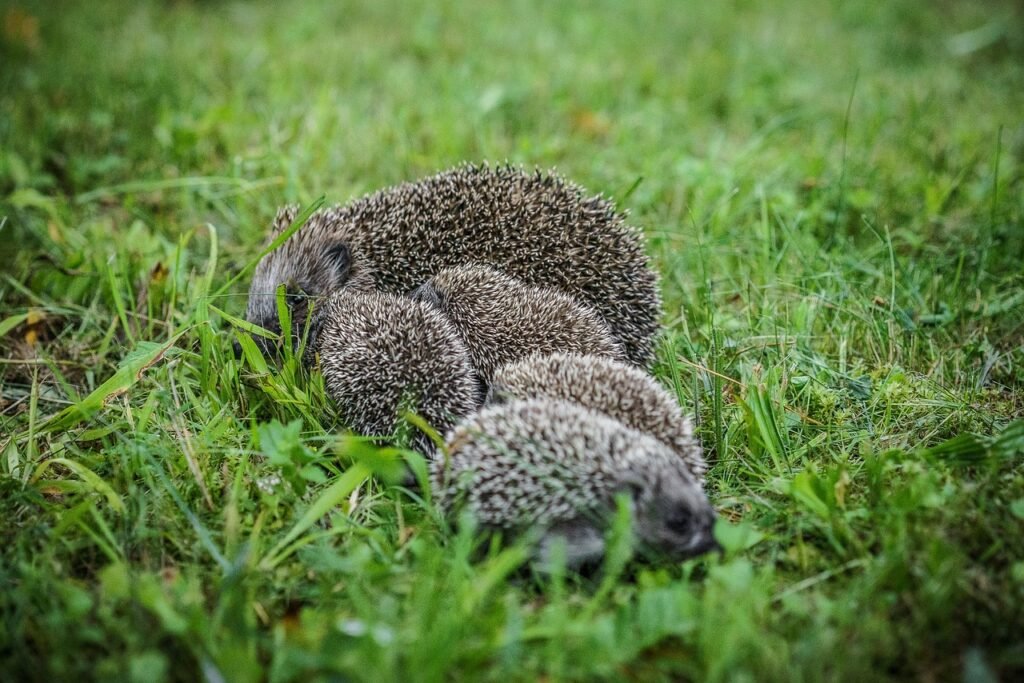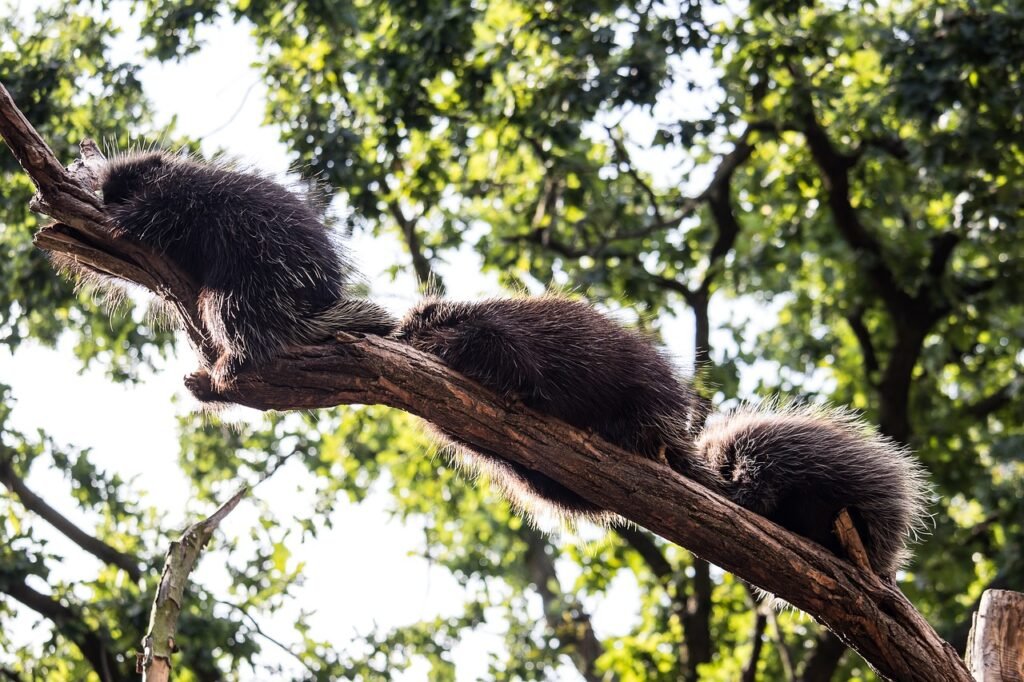The enchanting world of porcupine reproduction unveils a captivating journey from courtship to the arrival of quilled offspring. Understanding the intricacies of porcupine reproductive behaviors is crucial for those fascinated by these unique creatures. In this comprehensive guide, we explore the various stages of porcupine reproduction, providing insights into their courtship rituals, mating behaviors, pregnancy, birth, and the nurturing of quilled pups.
Courtship Rituals:
1. Scent Marking:
- Porcupines initiate courtship through scent marking, leaving olfactory cues to communicate their readiness for mating. This behavior establishes a foundation for the upcoming courtship rituals.
2. Vocalizations:
- As courtship progresses, vocalizations become prominent. Grunts, whines, and other sounds become the language of love, signaling the readiness of porcupines to engage in mating behaviors.
3. Gentle Physical Interactions:
- Courtship involves gentle physical interactions, such as nuzzling and mutual grooming. These behaviors strengthen the bond between potential mates, setting the stage for successful pairings.
Mating Behavior:
1. Breeding Seasons:
- Porcupines exhibit specific breeding seasons influenced by environmental factors. Understanding these seasons is essential for predicting the timing of mating behaviors.
2. Mating Process:
- Successful mating involves copulation, during which a receptive female allows a male to approach and mate. The mating process is a critical step in the continuation of the porcupine life cycle.
3. Post-Mating Behavior:
- Post-mating, porcupines may exhibit changes in behavior, including increased nesting activity by pregnant females as they prepare for the upcoming birth of quilled pups.
Pregnancy and Gestation:
1. Gestation Period:
- Porcupines undergo a gestation period that typically spans several months. The female carries and nurtures the developing porcupine pups during this crucial phase of reproduction.
2. Signs of Pregnancy:
- Identifying signs of pregnancy involves observing changes in behavior, appetite, and physical appearance in pregnant porcupines. Close monitoring ensures appropriate care during this sensitive period.
3. Nesting Behavior:
- Nesting behavior becomes prominent as pregnant porcupines create comfortable spaces for giving birth. The meticulous preparation ensures a secure and welcoming environment for the arrival of quilled pups.
Birth and Early Care:
1. Litter Size:
- Porcupines typically give birth to one or two offspring per pregnancy. The size of the litter may vary among species, and caregivers may witness the birth of tiny, quilled pups.
2. Birthing Process:
- The birthing process involves the delivery of quilled pups, born with their eyes open and covered in soft quills. Porcupine mothers provide attentive care to their vulnerable offspring during the early stages of life.
3. Maternal Care:
- Porcupine mothers exhibit strong maternal instincts, nursing, protecting, and nurturing their quilled pups. This early care is crucial for the well-being and development of the newborns.
Weaning and Independence:
1. Weaning Process:
- Weaning marks the transition from maternal milk to solid foods for porcupine offspring. Caregivers play a role in providing a balanced diet and supporting the nutritional needs of growing quilled juveniles.
2. Developmental Stages:
- Porcupine pups go through various developmental stages, from tiny infants to playful juveniles. Each stage contributes to their overall growth, behavior, and adaptation to the porcupine community.
Parental Bond and Family Dynamics:
1. Strong Parental Bonds:
- Strong parental bonds form between porcupine parents and their offspring. This bond contributes to the intricate family dynamics within the porcupine community, fostering a sense of community and support.
2. Siblings and Socialization:
- Porcupine siblings engage in social interactions, play, and exploration together. Observing these sibling dynamics enriches our understanding of porcupine family life.
Conclusion:
The comprehensive guide to porcupine reproduction unveils the remarkable journey from courtship to the nurturing of quilled pups. As caregivers and enthusiasts explore the intricacies of porcupine reproductive behaviors, they gain a deeper appreciation for the wonders of life within the porcupine community. Celebrating the art of bringing quills into the world, this guide serves as a testament to the resilience, natural instincts, and captivating charm of porcupine parenthood.



